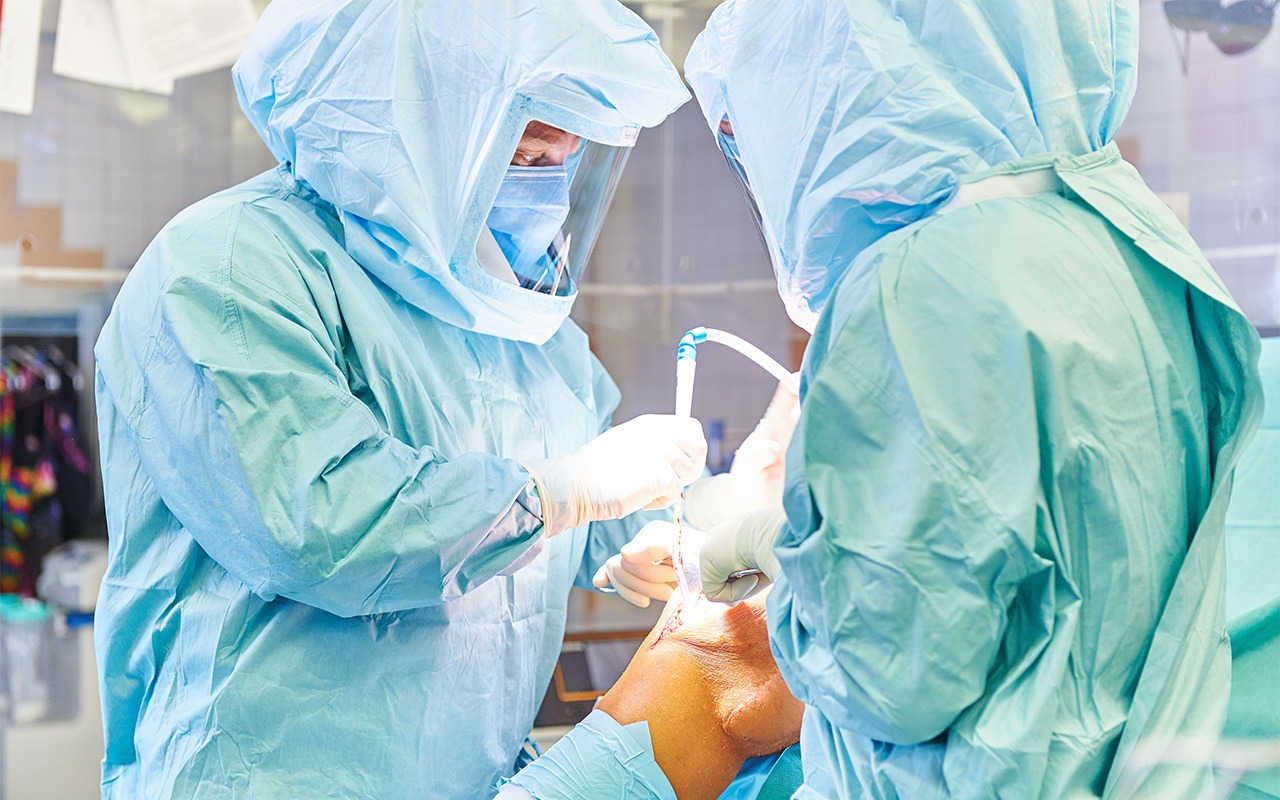A rotator cuff is a group of muscles and tendons surrounding the shoulder joint and firmly hold the head of your humerus in the shallow shoulder socket. A rotator cuff injury can cause dull pain in your shoulder that often worsens when your arm is rotated away from your body.
Rotator cuff injuries are common and increase with age. They may occur earlier in people who have jobs that require repetitive overhead movements, among others, painters and carpenters.
A rotator cuff rupture can result from an acute injury such as a fall or be caused by chronic wear with degeneration of the tendon or a combination of acute and chronic causes. Impingement of the front of the scapula, the “acromion,” on the tendon is thought to be a major cause of cuff tears in individuals older than 40 years.
The signs and symptoms of a rotator cuff rupture depend on the tear’s size and the extent, and how long it has been present. In most cases, pain is the predominant feature of inflammation around the damaged tendon and mechanical entrapment of the tendon in its tunnel under the acromion. Pain occurs when using the arm, especially when elevated to and above shoulder level. Pain also occurs at night, which is particularly annoying because sleep is disrupted. Depending on the size of the rupture, weakness, associated loss of strength, and loss of motion may occur.
Ruptures that develop slowly due to overuse also cause pain and can induce arm weakness. You may have pain in your shoulder when you lift your arm to the side or pain moving over your arm. At first, the pain may be mild and only occur when you lift your arm overhead, e.g., reach into a cabinet. Over-the-counter medications such as aspirin or ibuprofen may relieve the pain at first.
Over time, the pain may become more noticeable at rest and do not subside with medication. You might suffer pain when you lie on your painful side at night. The pain and weakness in your shoulder may make routine activities, such as combing your hair or reaching behind your back, difficult.
A detailed medical history is raised, a thorough physical examination carried out, and an X-ray image of the shoulder performed. An MRI confirms the cause and also helps determine the exact treatment plan.
The goal of any treatment is to relieve pain and restore function. There are several treatment options for a rotator cuff rupture, and the best option is different for each patient. When planning your treatment, your doctor will consider your age, activity level, overall health, and type of rupture.
Surgical treatment is unnecessary if pain and loss of function are not significant problems, depending on your age and the circumstances the rupture occurred. Non-surgical treatment includes analgesics and physiotherapy to strengthen the rotator cuff muscles, provided this does not worsen the problem. Steroid injections are especially useful in the early stages.
Surgery is recommended if you have persistent pain or weakness and loss of function that does not improve with nonsurgical treatment. Often, patients who need surgery report pain at night and difficulty using the arm for lifting and reaching. Many patients report persistent symptoms despite several months of medication and limited use of the arm.

